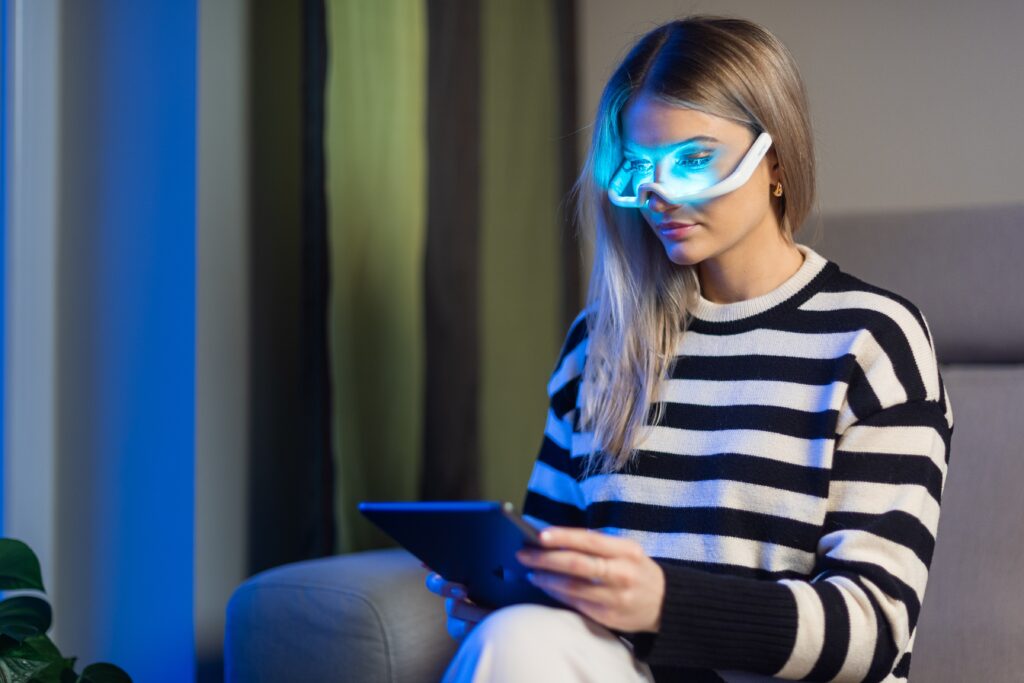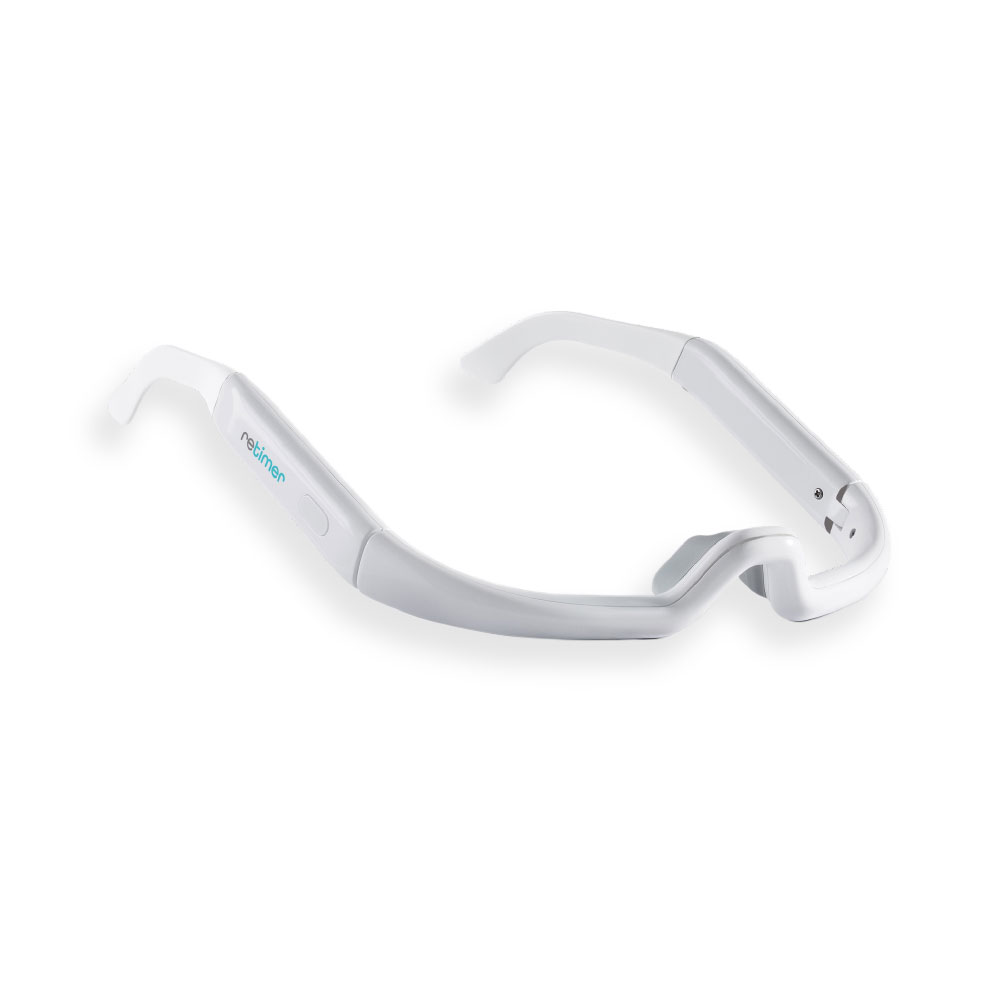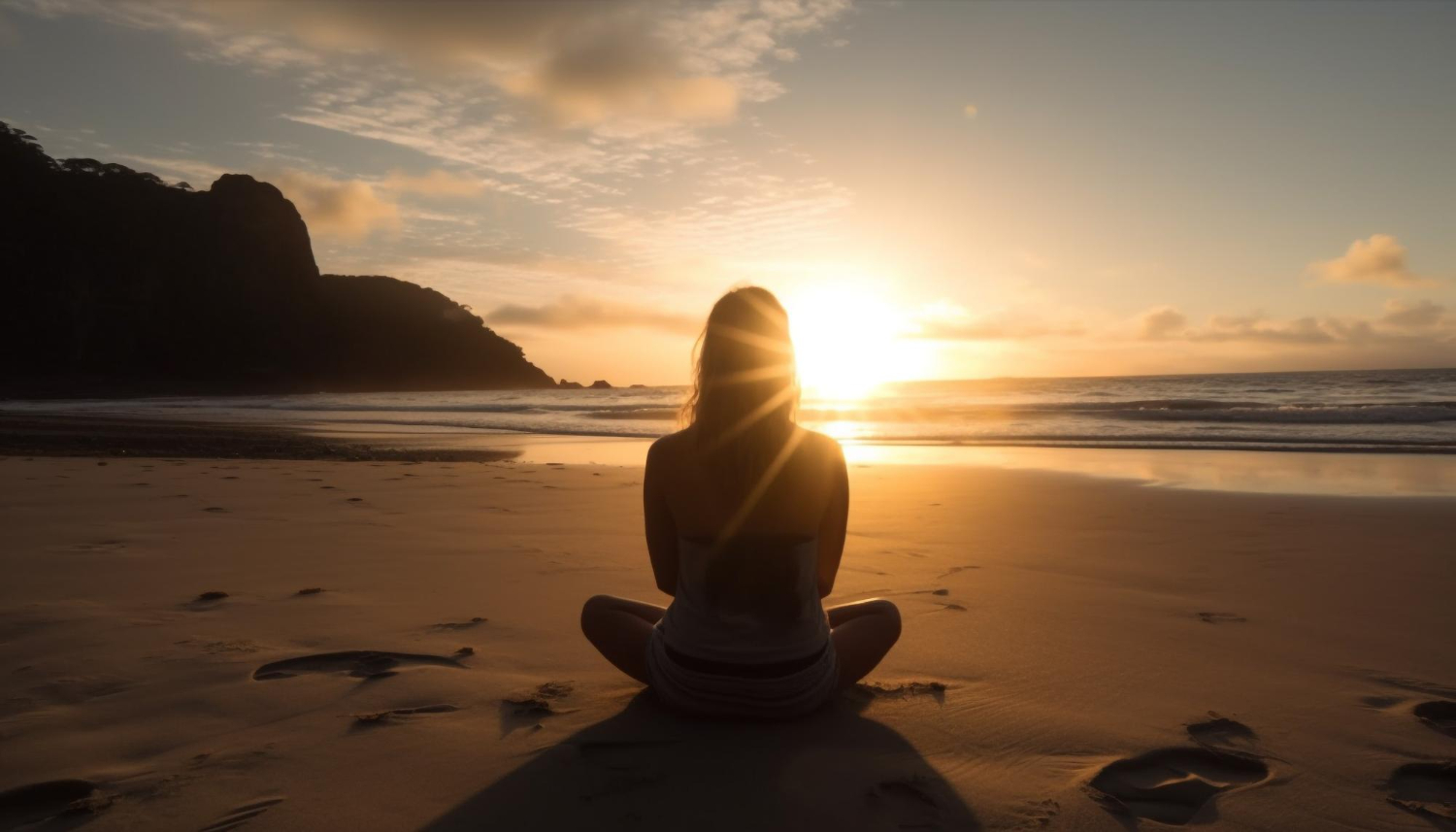In November, when Daylight Saving Time (DST) ends in the U.S., the clocks are set back by an hour. An extra hour of sleep may sound like a bonus on the surface, in reality, this shift can disrupt your circadian rhythm, leaving you groggy, sluggish, and even low in mood.
Shorter days and earlier sunsets reduce evening light and can feel like a mini jet lag. Research shows that in the days following DST changes, people often experience fatigue, difficulty concentrating, and even increased health risks.
By planning and using retimer light therapy glasses, you can manage the shift smoothly while keeping your sleep on track.
A Brief History of DST in the US
The idea of DST originated with George Hudson, a New Zealand entomologist, who in 1895 proposed shifting the clocks to allow more evening light for bug hunting after work. Although his idea wasn’t adopted then, the concept resurfaced decades later and was first widely implemented during World War I and II to save energy.
In the United States, national DST was established in 1966 with the Uniform Time Act. Today, 48 states observe it (except Hawaii and most of Arizona).
While energy savings remain debatable, the health and sleep consequences are very real.
Why the End of DST Affects Americans
When DST ends, mornings get lighter, but evenings get darker much earlier. This has unique effects:
- Early sunsets trigger sluggishness: Darkness suppresses alertness and makes people feel sleepy well before bedtime.
- Circadian rhythm disruption: The sudden one-hour shift is like traveling across a time zone, and your body clock needs days to realign.
- Mood impact: Less evening light can worsen Seasonal Affective Disorder (SAD) or “winter blues.”
- Daily life challenges: Parents struggle with kids’ sleep schedules, commuters face darker evenings, and overall productivity dips.
DST & Driving: A Road Safety Concern
The effects go beyond disrupted sleep, they can also compromise road safety. When the clocks change, drivers often experience:
- Reduced visibility in the mornings
- Increased fatigue
- Circadian rhythm disruptions
These changes, combined with sudden adjustments to driving schedules and shifting light conditions, can raise the risk of accidents. Research shows that in the days following the DST transition, crash rates tend to climb, making it especially important for drivers to stay alert and cautious during this adjustment period.
The DST Challenge for Shift Workers

For shift workers, irregular hours are already a challenge, and Daylight Saving Time only adds to the strain. Even a one-hour shift can disrupt already compromised sleep patterns, leading to greater fatigue and deprivation. Balancing demanding schedules with a sudden clock change often intensifies sleep disturbances, leaving workers drained and unfocused.
Over time, this disruption may contribute to health issues such as cardiovascular problems, metabolic changes, mood disturbances, and even burnout. For those already navigating the challenges of shift work, DST can add yet another hurdle to maintaining good sleep and overall well-being.
How Light Therapy Helps
Your body takes cues from light to regulate sleep, mood, and alertness. Light therapy can be a powerful way to ease the DST transition:
- Morning light strengthens wake-up signals and boosts energy.
- Daytime exposure helps fight SAD by replacing missing sunlight.
- Consistent light input keeps circadian rhythm stable, minimizing grogginess.
Why Choose retimer

For decades, bulky light boxes were the standard when it came to light therapy. While they do deliver therapeutic light, they come with major drawbacks: you need to sit still in front of them for up to 45 minutes every day, which isn’t practical when you’re trying to get ready for work, school, or morning commitments.
Instead of keeping you confined to one place, retimer is light, wearable, and portable, designed to move with you, so you get proven light therapy without disrupting your routine.
| Feature | Light Boxes | retimer 3 |
| Portability | Large, desk-bound device | Lightweight & portable |
| Time Commitment | Requires sitting still for 30–45 min | Hands-free use while doing morning tasks |
| Light Quality | Broad-spectrum white/blue light | Optimal green-blue light for circadian effectiveness |
| Lifestyle Fit | Disrupts your routine | Blends into daily life seamlessly |
| Mobile App Integration | No App | Bluetooth connected device that allows you to create custom schedules on the retimer mobile app |
retimer light therapy glasses offer a simple way to ease the challenges of Daylight Saving Time. Using gentle blue-green light that mimics natural sunlight, these innovative wearables help your body stay aligned.
The retimer light therapy glasses help in:
- Regulated Light Exposure: retimer allows for controlled light exposure, helping to reset the circadian rhythm and gently adapt to the new time schedule without abrupt changes.
- Improved Mood and Productivity: retimer’s light therapy can mitigate mood swings and support individuals experiencing conditions like winter blues, especially during the shorter winter days.
- Enhanced Sleep Quality: retimer can improve the quality of sleep by regulating the circadian rhythm, making it easier to fall asleep and wake up at desired times.
- Versatile for both transitions: Whether you’re adjusting to the spring ‘forward’ or the fall ‘back,’ retimer provides the right light cues to help your body clock adapt faster, keeping your sleep, energy, and mood on track during both transitions.
Practical Tips to Adjust to the November Time Change
In the Week Leading Up
- Gradually shift bedtime/wake time: Move both 15–20 minutes earlier for a few nights before the change.
- Soak up morning light: Step outside right after waking. Even a short walk helps.
- Keep evenings dim: Reduce exposure to bright or blue light before bed.
- Use retimer in the morning: Reinforces your new wake-up time.
- Stay consistent: Stick to regular meal and exercise times to anchor your body clock.
After the Switch
- Resist sleeping in too long: It’s tempting, but oversleeping throws off your rhythm.
- Fight evening fatigue smartly: If you feel sleepy too early, use retimer light therapy glasses to push bedtime later.
- Exercise outdoors: Get as much natural light as possible during the day to offset shorter daylight hours.
- Manage SAD symptoms proactively: If you notice mood dips, retimer light therapy can be used to help elevate the mood.
- Be cautious on the road: Research shows accident rates spike during time shifts due to drowsy driving.
Conclusion
While “falling back” may sound like a gift of extra sleep, the end of Daylight Saving Time can throw your body off balance, especially as shorter days bring less light and more fatigue. By planning ahead with light exposure, consistent routines, and tools like retimer, you can keep your sleep, mood, and energy stable all winter long.
‘Falling back’ might feel like gaining an extra hour of sleep, but the end of Daylight Saving Time can still leave your body off balance. Shorter days mean less light and often more fatigue.
By planning with smart light exposure, steady routines, and support from devices like like retimer, you can keep your sleep, mood, and energy steady through the winter.








